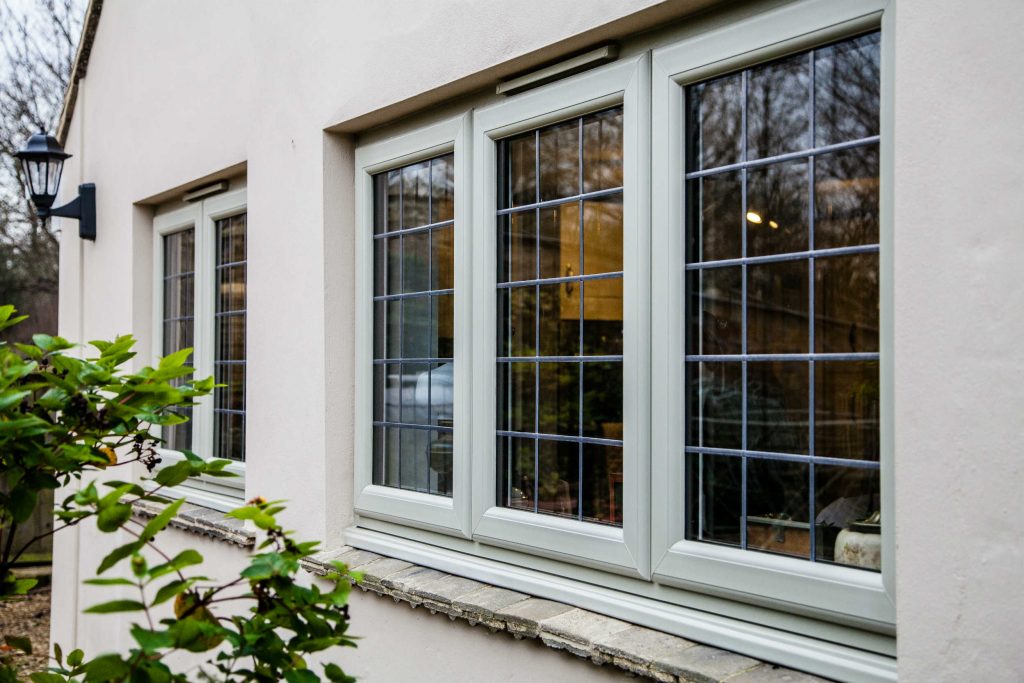All Categories
Featured
Table of Contents
Solace Creations: Home in Spearwood Western Australia
That window can send more solar heat in winter than in summer. A west-facing window on a summer season's afternoon has an angle of incidence from near 0 approximately 30 with a large efficient location of solar radiation. A north-facing window, in summer season, has a high angle of incidence and a low effective area of solar radiation, so can transmit less heat than a west-facing one.

However you can rapidly and quickly enhance the thermal efficiency of your house by changing your windows. This is among the most reliable approaches of renovation to attain better thermal convenience. There are thousands of kinds of glass and frames to select from. Picking the ideal ones is very important to enhancing the energy performance of your home.
Windows Of Opportunity: Your Guide To High-performance ... in Palmyra WA
Single glazing with clear glass is not really effective when it comes to heat loss or gain. To improve performance, you can utilize single glazing with a more energy-efficient type of glass such as low emissivity (low-e) glass.
Multiple layers can be assembled with sealed cavities in between each sheet of glass. IGUs normally offer much better energy performance than single glazing, because they transmit less energy. The energy efficiency of IGUs also depends on: the residential or commercial properties of each layer of glass. Various glass types (for example, clear and low-e glass) can be created in an IGU.
Single, Double Or Secondary Glazing, Which Is The Best ... in Wanneroo WA

IGU cavities can be filled with air or a more inert, low-conductivity gas such as argon the width of the cavity. Cavity thickness is normally 6 to 18mm. Wider cavities provide lower (much better) U worths, with 12mm generally accepted as the favored gap how well the cavity is sealed. Cavities should be dry and well sealed to avoid wetness getting in.
If argon is set up to the cavity in location of air, wetness is reliably left out the level of desiccant (drying representative). The spacer (metal or polymer strip) that separates the glass layers contains a desiccant to take in any moisture. Inadequate desiccant might cause wetness to condense on the glass surface area in cold conditions, minimizing thermal performance.
Double Glazing Perth in Shenton Park WA
IGUs can provide better energy performance for all environments, particularly in heated and air-conditioned homes. Cross-section detail of single, double and triple-glazing systems Low emissivity glass (typically called low-e glass) decreases heat transfer. Low-e glass may be either high or low transmission: High transmission low-e glass has a coating that allows daylight from the sun to pass into the house to achieve excellent solar heat gain, however reduces the amount of the long wavelength infrared heat that can escape back through the window.
Low-e glass has either a pyrolytic covering or a vacuum-deposited thin movie metal covering. Pyrolytic coatings are long lasting and can be used for any glazing; vacuum-deposited finishes are soft and are only used within IGUs. Low-e finishings can considerably improve both U worth and SHGC; however, they must be used properly or they will either degrade or stop working to perform as needed.
Sustainability in Bedfordale WA
Low-e finishings can be used in mix with clear, toned or reflective glass. Low-e coatings on glazing can decrease heat transfer where needed Picture: Department of Industry, Science, Energy and Resources Toned glass has actually colouring additives consisted of throughout manufacture. It is offered in numerous colours, typically bronze, grey, blue and green.
Latest Posts
Why Is Double Glazing So Important In Winter? in Floreat Western Australia
Pros And Cons Of Argon Gas In Windows in Bedford Perth
Can I Have Double Glazing In A Summerhouse? in Madeley Perth